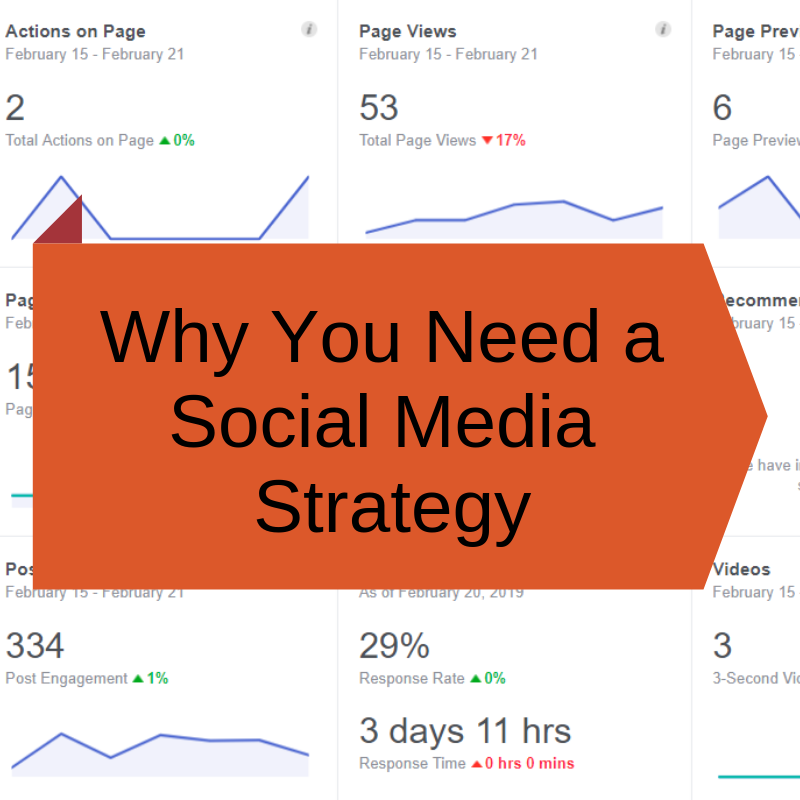How do you measure social media influence? This is a question we are frequently asked, and with so many metrics that can be tracked on social media, it makes sense to assume there is a simple answer. But the reality is that it’s not as simple as counting how many thumbs up you got.
Jon McDonald, Look East’s senior account manager for digital services, helps us to understand the challenges and Look East’s approach to measuring influence on social media.
The challenge of measuring social media influence
 There isn’t one magic metric.
There isn’t one magic metric.
Unfortunately, we’ve yet to find that one, single metric that we believe points directly to a level of influence on social media. There are a variety of metrics and tools available that assess influence, but not a single metric that individually answers the question.
It requires human analysis.
Because there isn’t just one simple answer, we need to analyze a number of different metrics collectively to really uncover a level of influence. And that takes time.
Seeing growth can take time.
Most marketing metrics are monitored month-to-month, which is easy to measure and understand. But this micro-level measurement only provides a snapshot.
Influence is a form of trust, which grows out of relationship and real relationships take time to develop. When establishing a social media presence, be prepared to invest the time it takes to build trust.
Our approach to measuring social media influence.
Our approach at Look East, while more complex than measuring other marketing metrics, is quite straightforward.
- Instead of trying to point to one metric, we track a number of factors that when analyzed collectively, help indicate a level of influence. More on these in a minute.
- We analyze these same metrics for our competition, and compare that to our own data, giving us a better understanding of effort and share of voice.
- We collect these data points monthly, but our reporting and analysis is based on larger spans of time, such as looking at the past three to six months
So… how can social media influence be measured?
We referenced earlier that we track a number of metrics that when analyzed collectively, can paint a picture of social media influence. These metrics are:
- Reach – this measures how far your social media content and conversation has spread. Reach is important because it tells you the potential audience size during a specific period of time, and can be very powerful when compared to other metrics.
- Engagements – this measures how people are interacting with your content and at what frequency. Clicks, likes, shares, mentions and comments are all examples of engagement metrics. You can learn a lot about your social media impact and if you are engaged with your audience by comparing engagements, such as likes, with reach, which would be the number of followers.
- Engagement Rates – this measures the rate at which you are seeing engagement with your content compared to the volume of followers, reach or impressions. Rate provides a good indication of the quality of your content in comparison to an audience. This is a great metric to compare to your competition.
- Website Traffic – If you have a website, how much traffic is being driven from social media, and how does it change over time? And how does your direct traffic compare to these trends? While you need to consider the many factors that could be impacting your website traffic, these metrics, combined with other engagement metrics, could be an indication of increased influence.
- Followers – This is the most common metric we see organizations use to measure their influence compared to their competitors. This is a mistake! Just because someone has a lot of followers does not mean they have influence. We’re not saying overall following shouldn’t be measured, because it should, but it needs to be viewed through a lens with the other data points in mind. And, if your competition has a lot more followers than you, then you now know what is possible with the right resources.
Offline measurements are just as important as a barometer of influence. Are you getting more mentions in media monitoring? What about in-store traffic? Or sales, requests for proposals, speaking engagements? All of these factors grow out of your relationships and social media presence.
If you’re curious to learn more about Look East’s approach to growing trust, we encourage you to check out our trust model on our approach page.